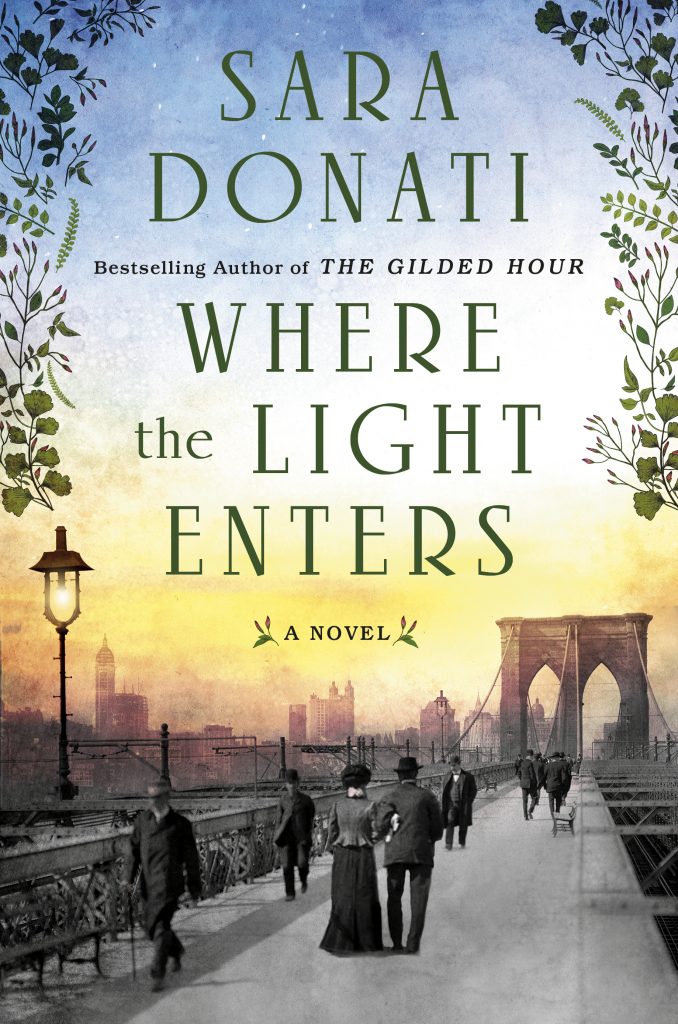This novel is the sequel to the 2015 novel The Gilded Hour, which I also enjoyed.
Where the Light Enters takes place in New York in 1884, and through it, the reader gets to glimpse both those who are comfortably well off and those who are struggling just to survive. As in the previous novel, the two main characters are Doctors Anna and Sophie Savard. Anna is a surgeon. Sophie is a double rarity—not only a female physician, but also a multiracial one—which causes her to experience double-pronged discrimination.
Anna and Sophie are cousins, but because both were orphaned as children, they were raised together by an aunt and are as close as (or possibly closer than) sisters. The story opens at a particularly difficult time for Sophie; she is returning from Europe, where her husband went to be treated for tuberculosis—without success. Now, as a widow who has inherited a substantial estate, she must decide whether to return to her medical practice and how else to carry on with her life when all she wants to do is grieve the man she has loved since they were children.
In the previous book, the two doctors—and their midwife aunt—came under the scrutiny of Anthony Comstock because of his crusade against the propagation of knowledge about birth control. Comstock appears in this novel as well, falsely accusing one of the cousins of urging a patient to have “an illegal operation,” i.e. an abortion.
Anna is married to Detective-Sergeant Jack Mezzanotte, whose large Italian family plays an important role in both books. Shortly after their marriage, Anna and Jack take in three Italian immigrant orphans, but the Church objects to the children being raised by people who aren’t “good Catholics.” The fate of the three Russo children is a thread that continues into Where the Light Enters.
Jack’s work as a police detective is another thread that ties both books together. In the first novel, he and his partner Oscar try to solve a series of six grisly murders that were apparently intended to punish women for seeking an abortion. The investigation of those cases continues into the second novel and grows more urgent when new cases arise that appear to be related to the earlier murders.
For me, the characters are what make this book an unforgettable experience. I loved Anna, Jack, Sophie, and Rosa especially, but all of the main and secondary characters are vividly drawn. The author does an adequate job filling the reader in on the essentials from the earlier story, so it’s not necessary to read the two novels in sequence, but I recommend doing so.



